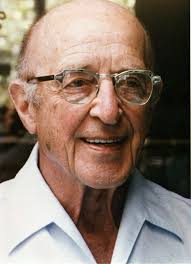
Trauma From A Humanistic Person-Centred Approach
Author: Lynda Chebbihi
Understanding trauma only through behaviour risks missing the person behind it. Trauma therapy needs more than analysis. It needs empathy.
Humanistic and existential thinkers recognised trauma long before modern psychology named it. Carl Rogers described trauma in 1959 as a threat that brings new information about the self and the world. He explained how trauma disrupts self-structure, mirroring symptoms we now associate with post-traumatic stress. Yet he also saw healing as an innate drive toward congruence — what we now call post-traumatic growth.
Rogers’ work reminds us that people are not broken. They are trying to make sense of experiences that feel unsafe or overwhelming. The therapeutic relationship helps bridge that gap between self and experience.
I often refer to Stephen Joseph’s work, which expands Rogers’ ideas into contemporary trauma theory. His research reinforces that growth is possible through empathy, safety, and trust.
References:
Joseph, S. (2017). The Handbook of Person-Centred Therapy and Mental Health. PCCS Books.
Rogers, C.R. (1959). A Theory of Therapy, Personality, and Interpersonal Relationships as Developed in the Client-Centered Framework. McGraw-Hill.
Trust your process.
